Ordonance companies
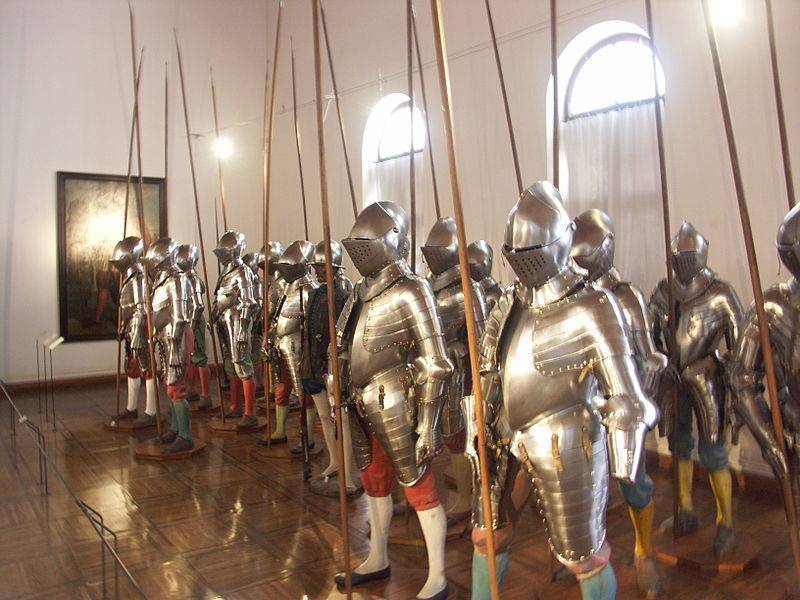
Book of the Prophet Nahum 3: 3
Military affairs at the turn of the eras. The Chinese have a good saying, or rather, a wish to those whom they do not like: “So that you live in times of change!” And in fact, what could be worse? The old is collapsing, although the new is being created, but whether it is good or bad, is not yet understood. Everything seems to be gone. How to live further? In a word, one continuous stress. So it is, it will be so and it was so. At “VO” there was a whole series of articles devoted to the knightly armor of the era of their sunset, 1500 — 1700, but many asked, how then did they fight in these new armor? That is, how did the tactics of the troops of the new time influence the changes in the equipment of the soldiers, and the equipment affected, accordingly, their tactics? And since until now it was mainly a question of the armor itself, now it is time to talk about how the soldiers dressed in them fought each other at the turn of the Middle Ages and the New Age, that is, in times of change!
Ordonance companies of French kings
So, let's start with the source of change and the collapse of the old way of life. Such in Europe was the Hundred Years War. She showed the incapacity of the old knightly army and at the same time led to the mass ruin of the nobility. Poverty reduced the lords of arrogance and forced to engage in the service of the king, who became the bearer of all blessings. Already Charles VII replaced the chivalrous militia with ordonance companies: “large ordonent companies” (organized in 1439), in which a rider in full knight armament and five of his assistants was paid 31 livres per month, and “small ordonance companies” (created in 1449 g .), or “companies of small salaries”, where the “waste” of large companies fell.
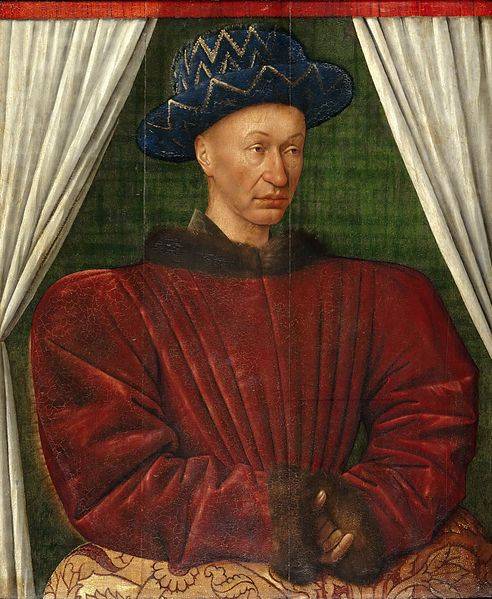
All in all, the king had 15 company of the “Big Ordinance”, each of which included 100 horsemen in full armor and 500 in lighter ones, including one hundred pages, then three hundred archers and one hundred cutillery foot soldiers with a cutile sword and a spear with a hook. However, he only fought on foot, just like archers, and the whole company moved exclusively on horses, and the same cutier had two horses. Gendarme - the “spear” commander had four horses, paid by the state. The page was content with one, but the shooter, like the cutlery, had two. In total, there were 900 horses in the company, the care of which was assigned to the horsemen, blacksmiths and other hired people, also fed from the royal cauldron.
The knights of the ordonance companies (and the gendarme riders wore full royal armament at this time) from the former knighthood were distinguished primarily by discipline. No feudal willfulness was allowed to them. On the battlefield they acted in a cohesive mass, they were supported by archers and a coutille. Moreover, at different times the number of riders in the "spear" could change. In the mouths of King Louis XII, who fought with the Landsknechts of Emperor Maximilian I, for example, there were seven at first, and then eight in 1513. Henry II had the number of "spears" and six, and eight people, and sometimes 10-12. However, in general, the number of “royal armor” was small. Although the same Charles IX had 65 in his 2590 companies, only four of them had 100 people as expected, while others had significantly fewer. The riders respectfully called the "master", thereby emphasizing that they are masters of their craft. However, gradually the quality of the preparation of the latin gendarmes continuously decreased. But in the end, in 1600, they were completely disbanded.
The reason for this change is not at all that the kings became poorer and could not contain such a horde of hospitable riders, but for a very simple reason. The main weapon of the gendarmes was a spear. And in order to masterfully master them, daily training was required, and therefore more forage for horses. But their effectiveness fell from year to year due to improved means of attack and defense, and ... who could have thought of paying money to troops that had ceased to meet their purpose ?!
To reduce the cost of the army, the same Louis XI most decisively expelled all luxury from it, prohibiting the wearing of velvet and silk clothes. True, Louis XII brought fashion to the lush plumes of feathers, which Francis I decided to shorten somewhat. The gendarme horses in a combat situation no longer wore armor (for example, in 1534 a special decree was issued prohibiting the wearing of a shuffron), although it was preserved for parades.
Ordonance companies of Karl the Bold
The dukes of Burgundy have been the original, so to speak, enemies of the French kings ever since they fought against them side by side with the British in the Hundred Years War. And naturally, they all did the opposite of what their opponents did even when they borrowed their undertakings. And it is not surprising that Karl the Brave in 1470 also created Ordonance companies. Initially, the "company" included 1000 riders and 250 personnel. But the connection seemed too cumbersome and in the 1473 year the company began to include one hundred “spears”, and each “spear” consisted of one rider in full knightly armament, one servant, one cutier, three shooters and three more foot soldiers.
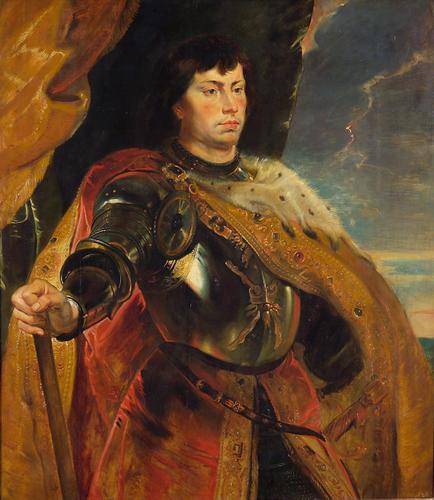
All the difference was in the names. In Burgundy, the company was called the "gang", and the commander of the "spear" was not a master, but an Italian condottiere. The company consisted of four “squadrons”, each of which had four “chambers”. The strength of the “chamber” is six horsemen, one of whom was its commander. Arrows (300 pers.) Went separately from the riders, as did the 300 infantry. Both those and others were divided into hundreds, led by centenaries "centners", and those in turn into three "thirty", which were commanded by the "thirties" - "tranny". However, in addition to these indicated soldiers who served for salaries under the contract, volunteers who were hired to serve without salaries were also assigned to the “gang”. Therefore, the exact number of Burgundian troops is usually impossible to calculate.
Rider Armor approx. 1555 g., Owned by Andreas Teufel (1522 —1592) and Freicherr von Guntersdorf, captain of the imperial regiment. The armor consists of a bourguignot helmet with hard-fixed headphones connected to the cheek pieces and a movable nose plate. The breastplate has holes for a spear hook. In the 1581 inventory of the year of the Ambras castle, it is described as follows: “Black armor, with a rib on his chest and a crucifix on one side, and a man standing on his knees in front of him.” Andreas Teufel accompanied Archduke Ferdinand II in his 1556 campaign in Hungary. He was a little older than the Archduke and belonged to his inner circle. With the wife of Andreas Toifel, Marianne, the wife of Ferdinand II maintained friendly relations. The armor, which apparently was donated by the emperor to her husband, is a typical armor of the "equestrian shooter" armed with pistols. It differs from the old armor in the absence of legplates and chain mail on the sleeves. As a result of reducing the weight of the armor, the mobility of their owner increased, which was the Europeans' response to the high mobility of the Ottoman cavalry. The motif of the engraving with gilding on the chest of the armor, depicting a knight kneeling in front of the cross, comes from the famous drawing of the Saxon court painter Lucas Cranach the Elder and was often used as decoration of armor. Master Kunz Lochner from Nuremberg. Technology - blackening and gilding (Ambras Castle Museum, Innsbruck, Tyrol)
But outwardly the “gangs” of the Burgundians and the royal companies of the French kings differed very much. They were allowed to dress in the fashion of those years in pleated skirts made of velor, woven with gold satin and gold brocade, and on top of their armor they wore satin cloaks and silk caftans. Ostrich feathers on helmets? No one even discussed it, it was such a routine! Karl the Bold himself flaunted in a golden chain mail, a belt adorned with precious stones, and a fur coat on sables covered with golden brocade. In it, by the way, he died, killed by some miserable Swiss infantryman in a scanty harsh way! It is clear that the French riders, either entirely chained in metal, or who admitted in clothes only variations of gray and black cloth, supplemented with a white canvas, could cause only contempt among the Burgundians. So, by the way, it was not the Calvinist reformists from Geneva, the French Huguenot Protestants, or the English Puritans who brought fashion to dress as easily as possible in Europe. An example to all of them was shown by the king of France Louis XI himself!
Maximilian I in the Imperial Regalia. Portrait of a brush by Bernhard Strigel (1460 – 1528), painted after 1508 (Tyrolean State Museum). (Photo courtesy of the Administration of the Metropolitan Museum from the exposition of the exhibition “The Last Knight”)
Ordonance companies of Emperor Maximilian I
From the material “The Last Knight”, readers of “VO” should remember that having married Maria Burgundian in 1477, the young Maximilian (then he was not yet the emperor of the Holy Roman Empire of the German nation, but only an Archduke of Austria) received a wonderful dowry, but at the same time a severe headache, because his new subjects wanted to live according to the old feudal laws, but did not feel the winds of change. Maximilian did this: he didn’t dissolve the “gangs,” but he greatly reduced their numbers and more ... he never collected or used in the war. In the “gang” that remained for the entire duchy there were only 50 horsemen, fifty horse and foot archers each, that is, there would have been no role in which case. But no one was offended - officially all these people were in the service and even received something from this!
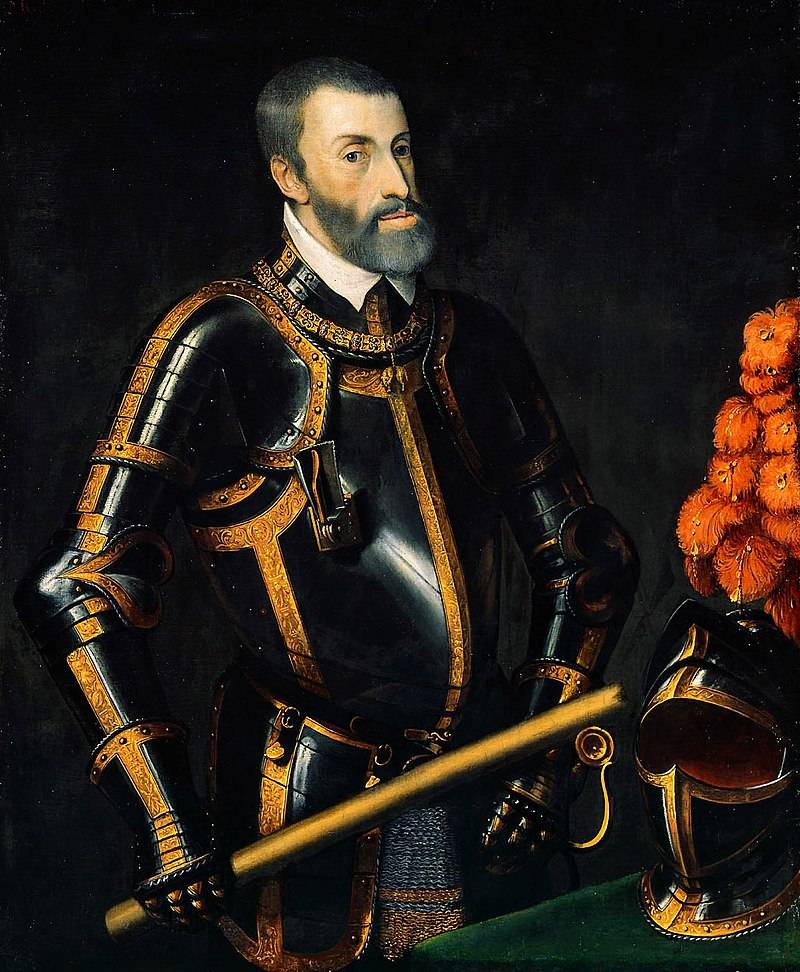
Charles V in the 1522 year, the number of ordonance cavalry established in the amount of eight companies for 50 horsemen-riders and 100 shooters in each. The “Spear” of the 1547 of the year consisted of five equestrian warriors - a rider-armor, his page, a cutler and two shooters. That is, the size of the company now reached 50 people, while there were still a captain, lieutenant, standard-bearer, captain shooters, several trumpeters and chaplain. The divisions invented by Karl Bold survived. The infantry, although it was attached to the "gangs", moved separately in the campaign and had its own commanders.
Field Armor of Emperor Ferdinand I (1503 - 1564). Made approx. 1537 g. Master: Jörg Seusenhofer (1528 - 1580 gg., Innsbruck). (Vienna Armory, Hall III) Sultans with feathers served not only for decoration, just like scarves over their shoulders they indicated the rank of commander.
Latniki wore clothing over their armor. First of all, it was a fluffy pleated skirt or a caftan with a skirt and sleeves in close-fitting. "Archers" were only called archers. In fact, they wore arquebuses and pistols, but they had weapons of demi-lancez (half-copies) - cuirass, helmet and plate gloves. Hands could be protected by chain mail. Ordonance companies fought from 1439 to 1700, and during this time they experienced complete rearmament from a spear to an arquebus and a pistol!
However, the Ordonance companies also had a predecessor, though regional, known in Italy and abroad as a condotta. But about Condotta and everything that was connected with her, we will tell you next time.
PS The author and site administration express their heartfelt gratitude to the curators of the Vienna Armory Ilse Jung and Florian Kugler for the opportunity to use her photographs.
To be continued ...
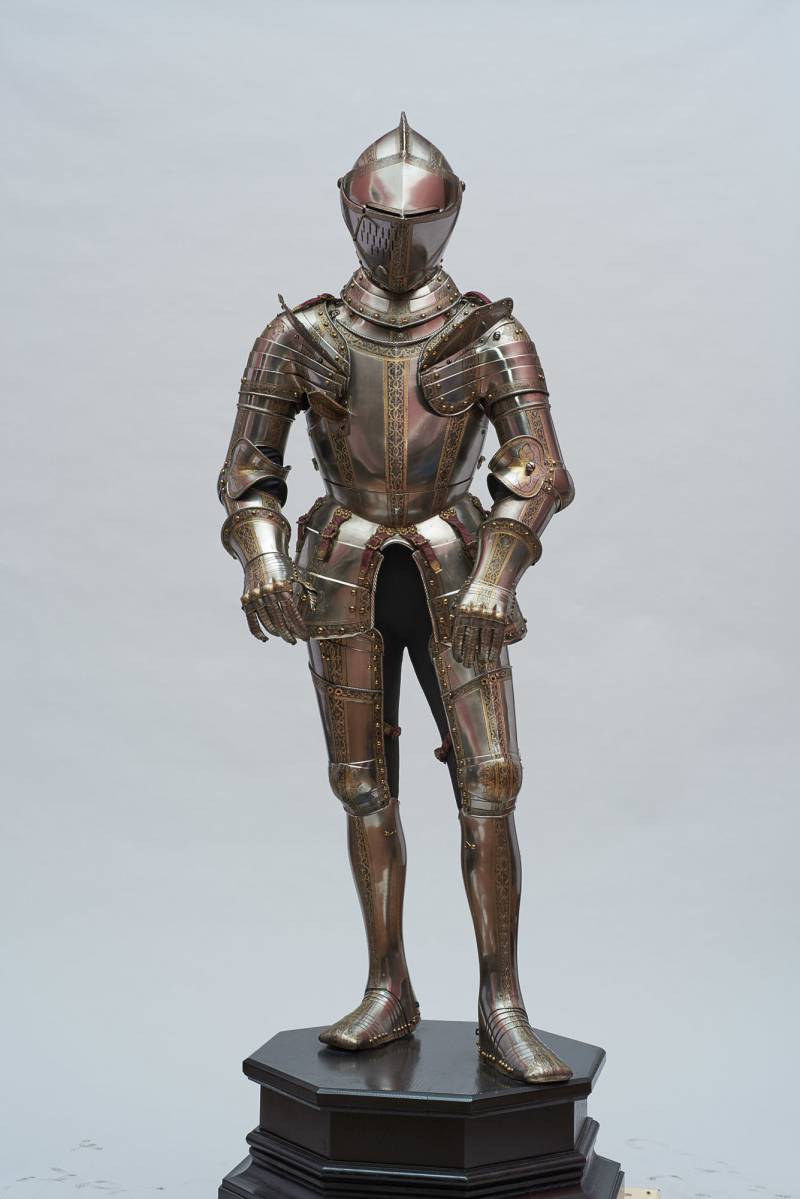
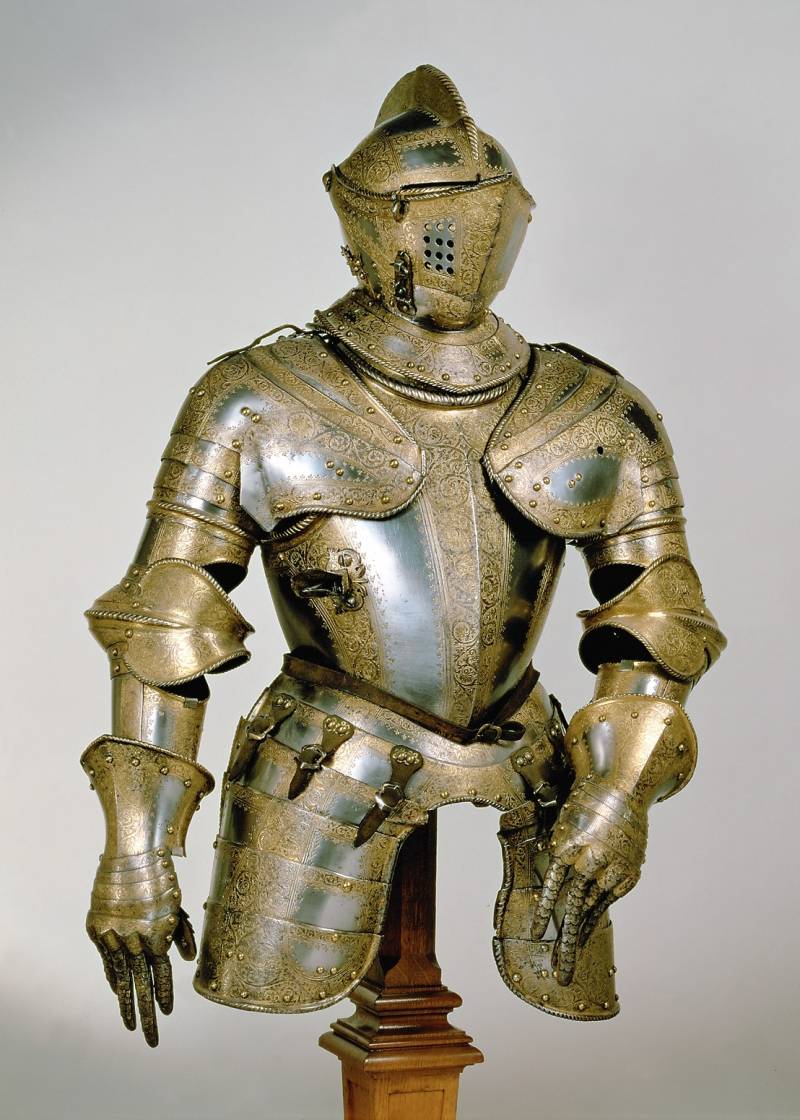
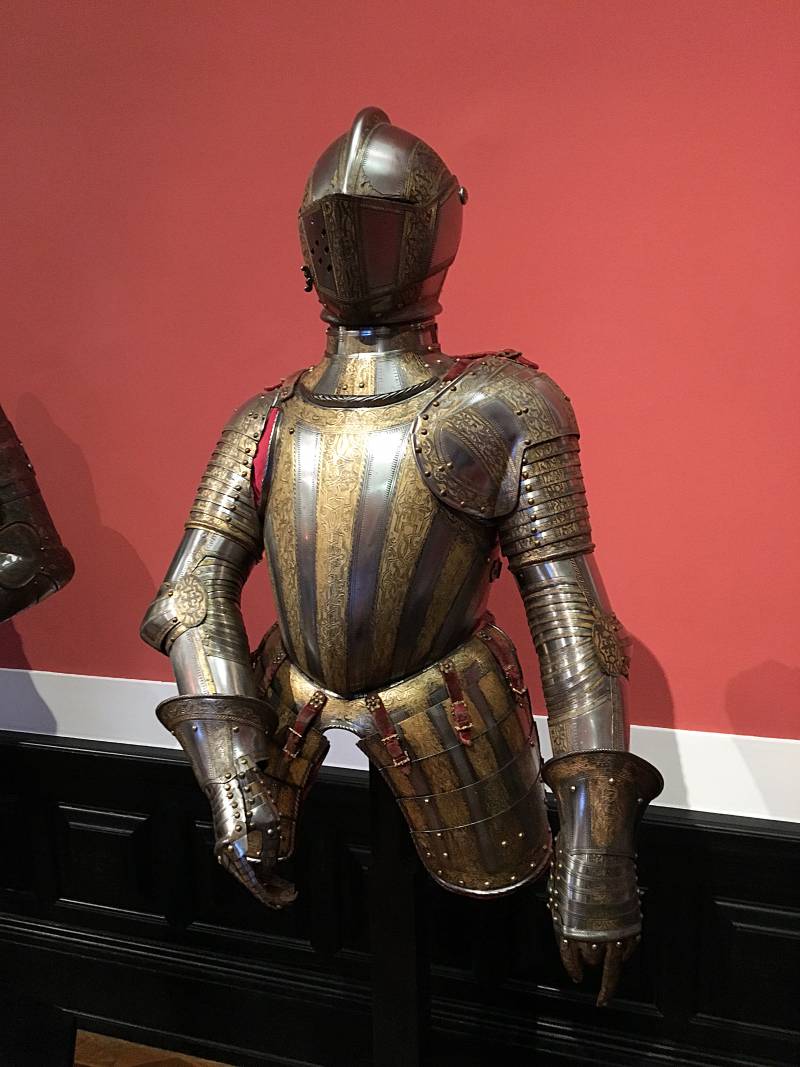
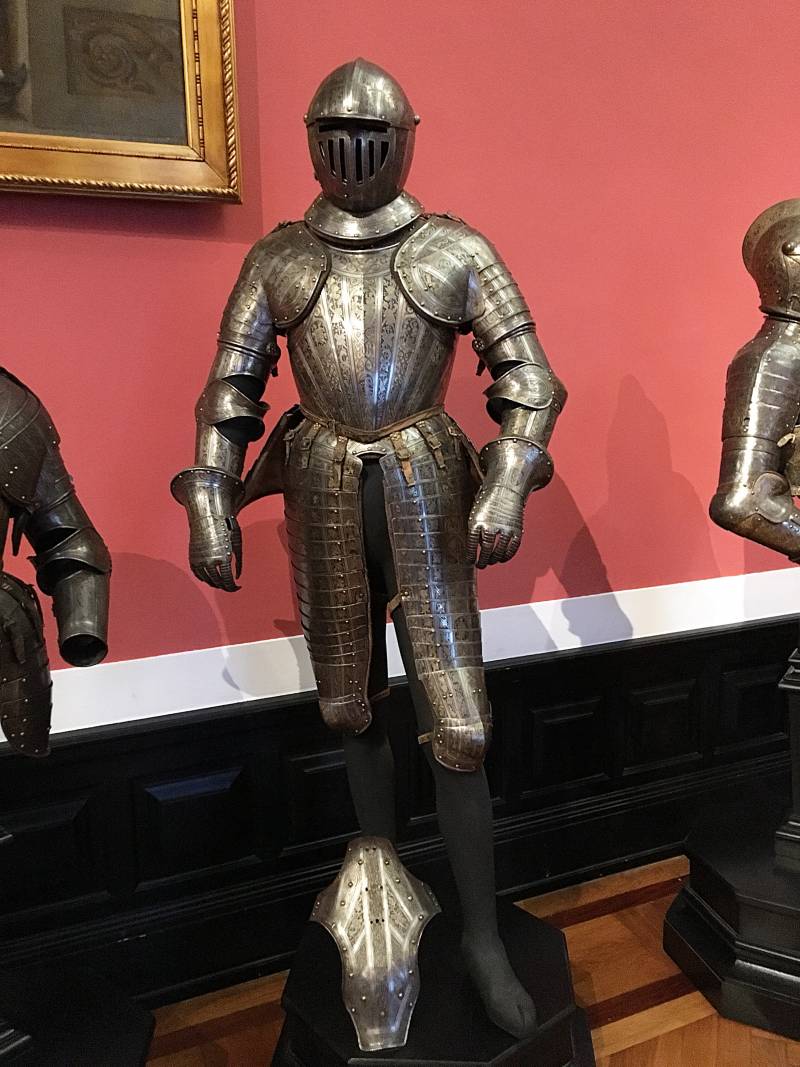
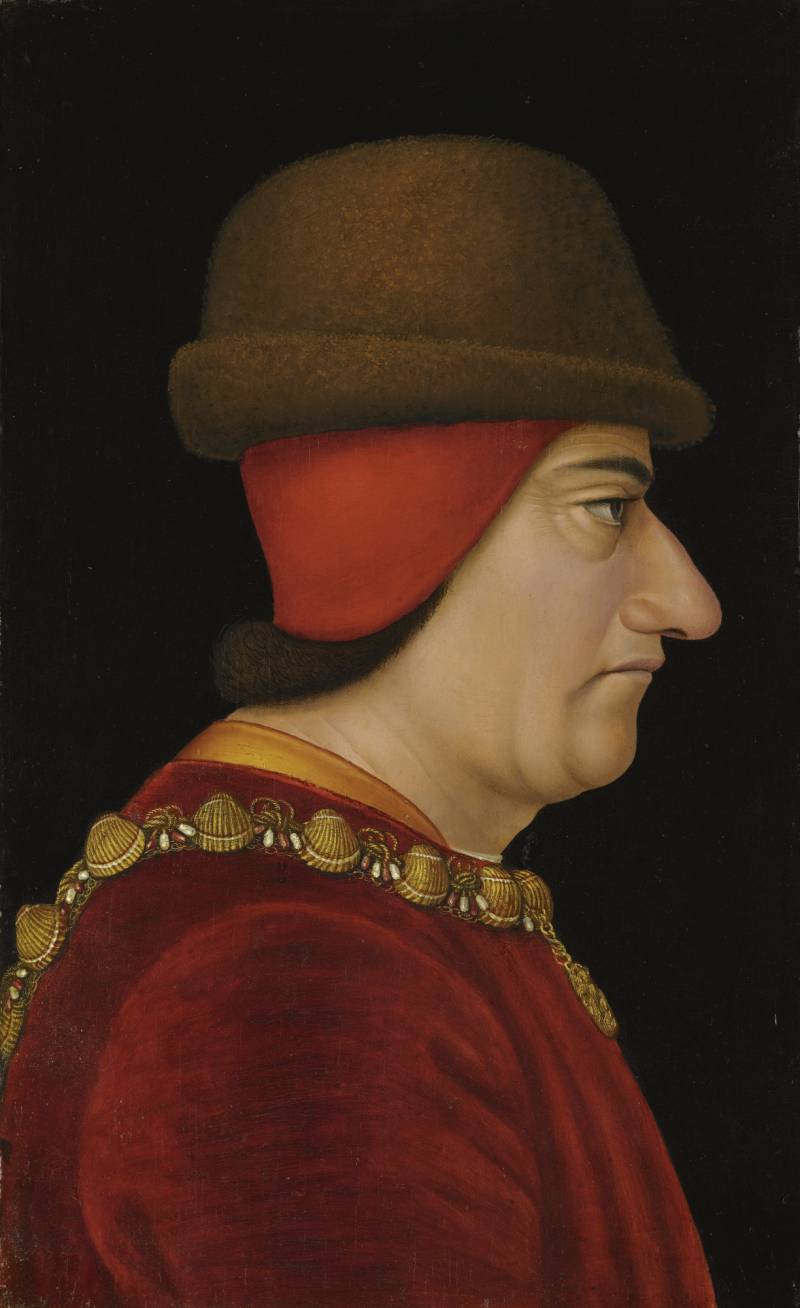
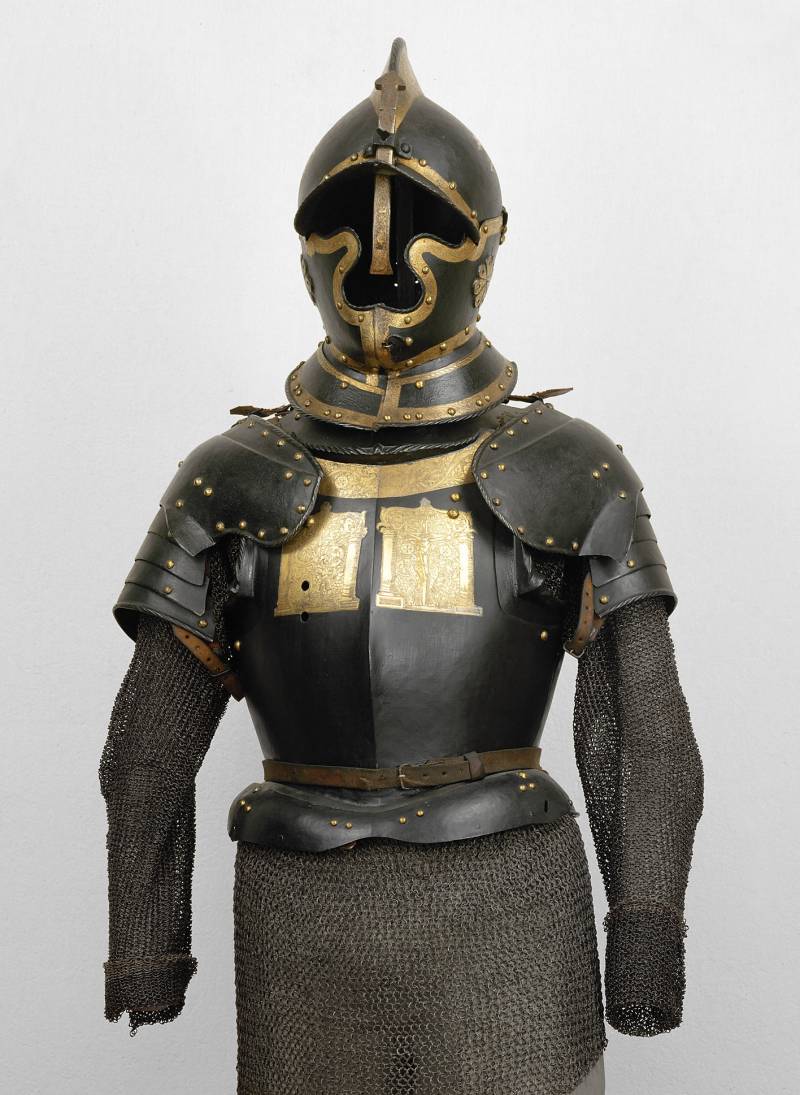
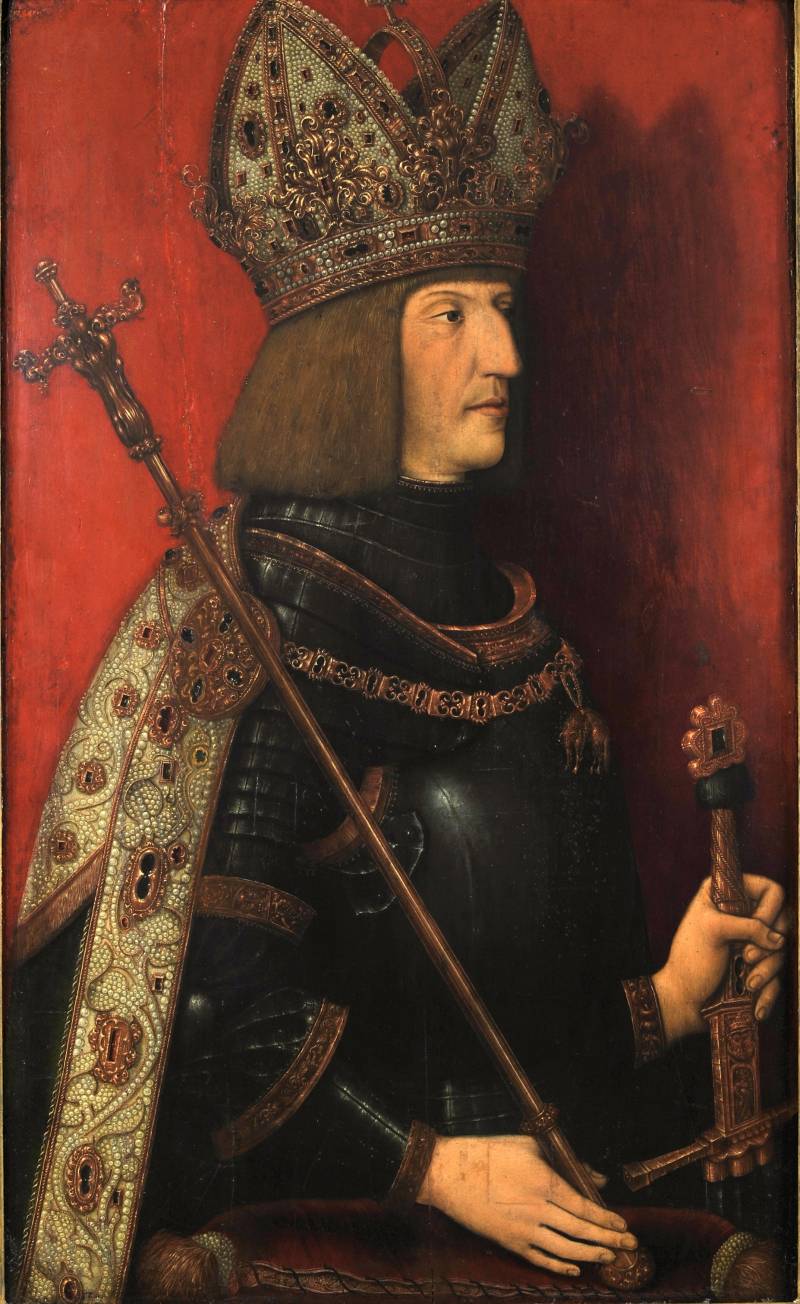
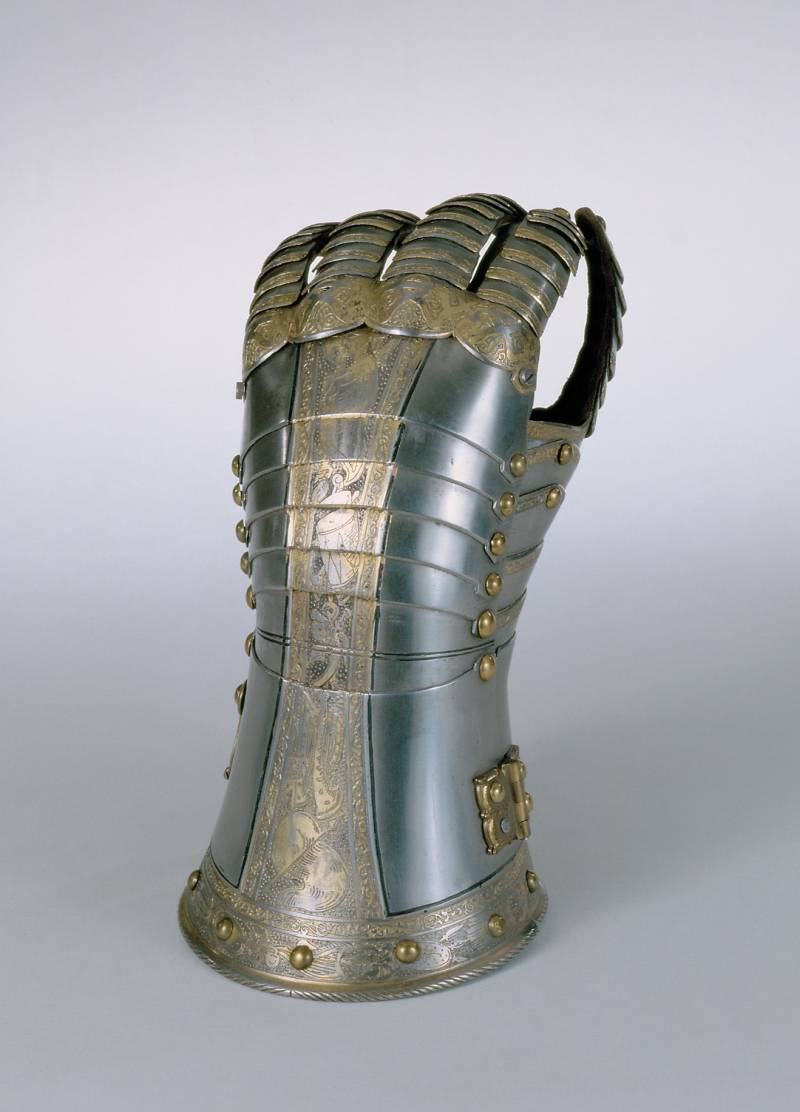
Information